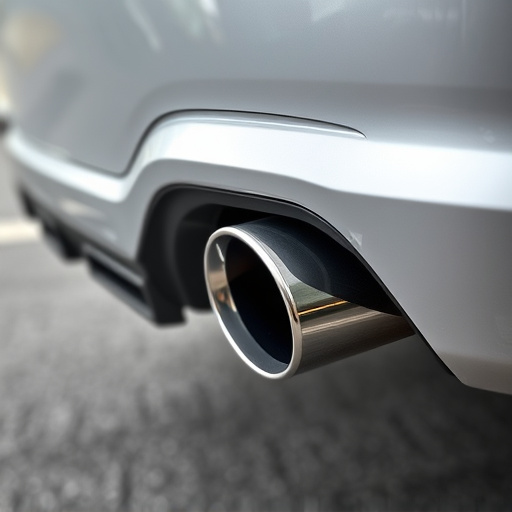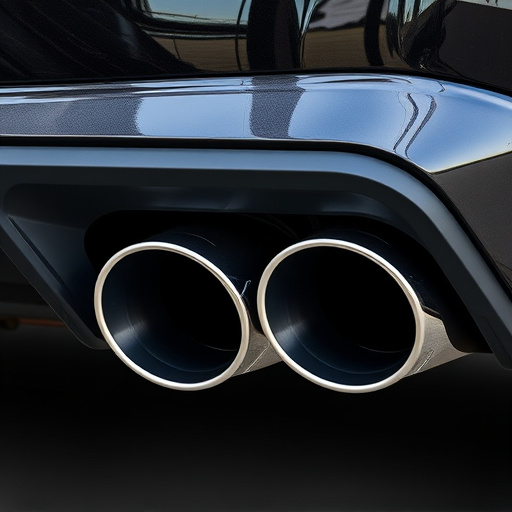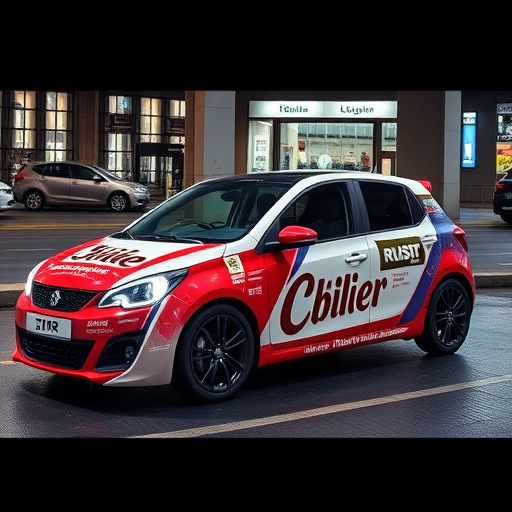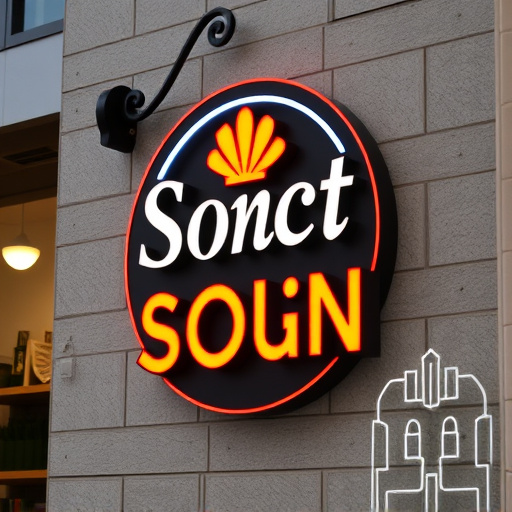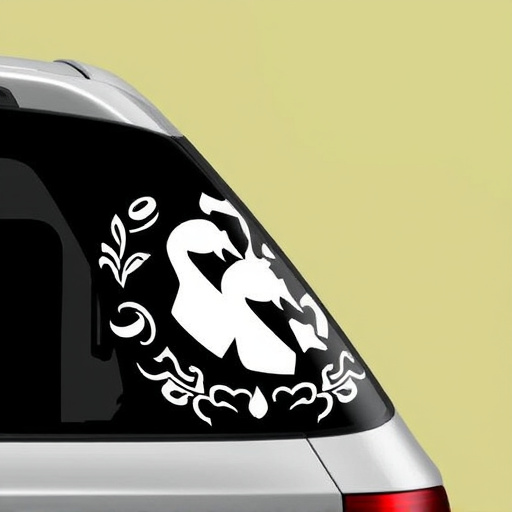Satin finish wraps require careful removal using specialized tools and techniques to avoid damaging the underlying paint and graphics. Essential tools include gloves, safety goggles, a water-based adhesive remover, heat guns or hair dryers, a dent remover, and scraper. Proper preparation and meticulous peeling protect the vehicle's protective coating and custom designs.
Removing a satin finish wrap without damaging the underlying paint is a delicate process. Satin finish wraps, known for their glossy sheen, can be challenging to take off due to the intricate interaction between the wrap and paint layers. This article guides you through understanding the science behind satin finishes and their interaction with paint, as well as providing essential tools and preparation tips. We then offer a step-by-step guide ensuring your satin wrap is removed safely and effectively.
- Understanding Satin Finish Wraps and Paint Interaction
- Tools and Preparation for Safe Removal
- Step-by-Step Guide: Removing Satin Wrap Without Damage
Understanding Satin Finish Wraps and Paint Interaction

Satin finish wraps are a popular choice for vehicle customization, offering a smooth, luxurious look that sets them apart from traditional paint jobs. However, understanding how these wraps interact with the underlying paint is crucial to successfully removing them later without causing damage. Satin wraps are essentially thin films applied over the paint, creating a protective layer while enhancing the aesthetics. The satin finish comes from a special coating that gives it a subtle sheen, unlike the glossy or matte finishes of regular paint. This unique interaction between the wrap and paint requires careful consideration during removal to prevent scuffing, scratching, or peeling of the paint surface.
When considering removal, one must be mindful of the adhesive properties of satin finish wraps. Unlike vinyl wraps that adhere to a top coat, these wraps are often bonded directly to the paint. The process involves carefully peeling back the wrap, which can be challenging as it may stick tightly to the paint. Using the right tools and techniques, such as heat guns or specialized solvents, is essential to loosen the bond without marring the paint. Additionally, knowing that certain removal methods might affect the underlying ceramic coating or custom graphics can help users make informed decisions, ensuring a successful and damage-free satin finish wrap removal process.
Tools and Preparation for Safe Removal

Before attempting to remove a satin finish wrap, it’s crucial to gather the right tools and prepare your workspace accordingly. You’ll need a variety of items to ensure a safe and effective removal process, especially considering the delicate nature of both the wrap and the underlying paint. Start by acquiring a set of high-quality, microfiber cloths—these are essential for gentle cleaning and wiping without scratching. Additionally, invest in a good quality, water-based adhesive remover designed specifically for car wraps. This will help loosen the bond between the wrap and the surface, making it easier to lift without damaging the paint.
For safer handling, consider wearing protective gear including gloves and safety goggles. This is especially important when dealing with window tinting or automotive detailing products that may emit fumes. Ensure your work area is well-ventilated to prevent any potential health issues from chemical exposure. Proper preparation will not only make the removal process smoother but also ensure that your satin finish wraps can be taken off without causing any harm to the attractive, protective paint protection film on your vehicle.
Step-by-Step Guide: Removing Satin Wrap Without Damage

Removing a satin finish wrap without damaging the underlying paint requires a careful approach and the right tools. Start by gathering all necessary materials: a high-quality dent remover, a soft cloth, and a small scraper. Begin by gently heating the satin finish wraps with a heat gun or hair dryer to loosen the adhesive. This step is crucial as it helps prevent tearing or chipping of the paint.
Next, using the dent remover, carefully apply gentle pressure along the edges of the wrap, working slowly and methodically to separate it from the surface. A soft cloth can be used to absorb any excess moisture or heat. Once a section is loose, use the scraper to gently peel back the wrap, ensuring not to scrape against the paint. This process requires patience and precision to avoid damaging the custom graphics or scratch protection beneath. For best results in automotive detailing, repeat this process until all the satin finish wraps are removed, leaving behind a pristine and undamaged surface.
Removing a satin finish wrap without damaging the underlying paint is achievable with the right knowledge and precautions. By understanding the interaction between satin wraps and paint, and employing suitable tools and preparation, you can successfully navigate the removal process. Following the step-by-step guide ensures minimal risk of paint damage, allowing you to reuse or recycle your satin finish wraps while maintaining the integrity of your vehicle’s finish.
